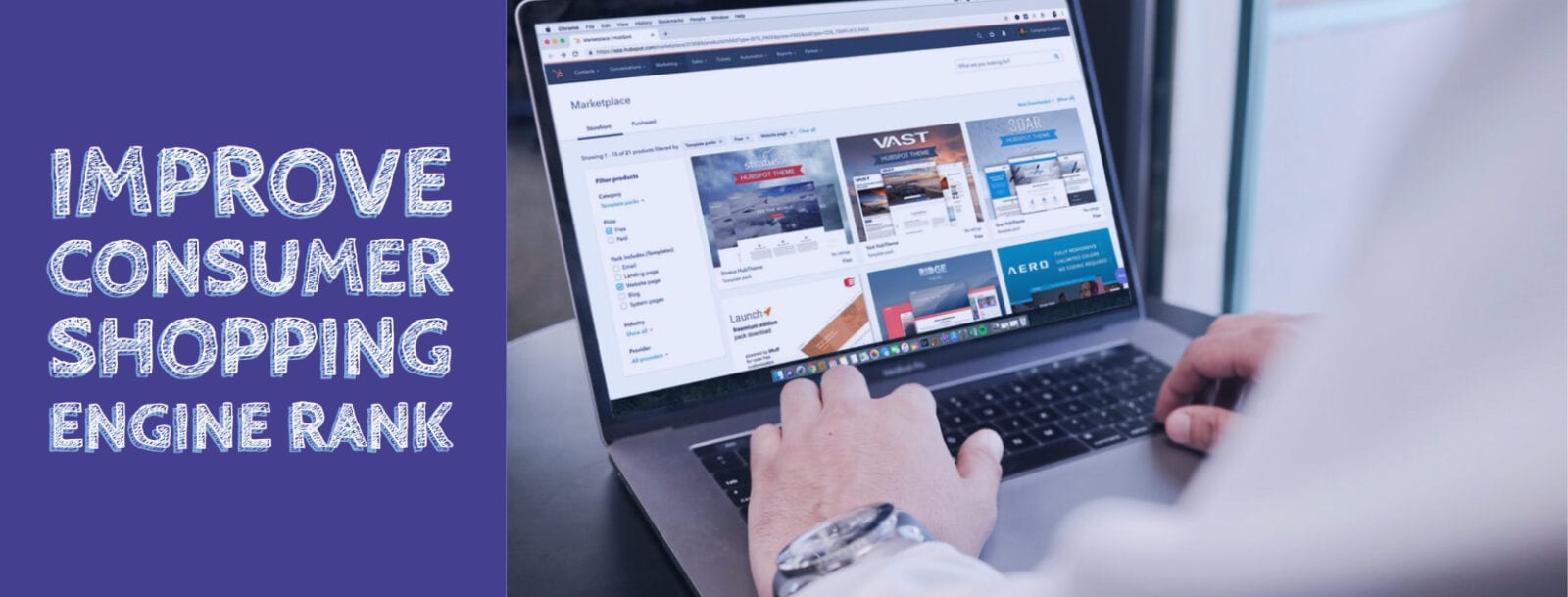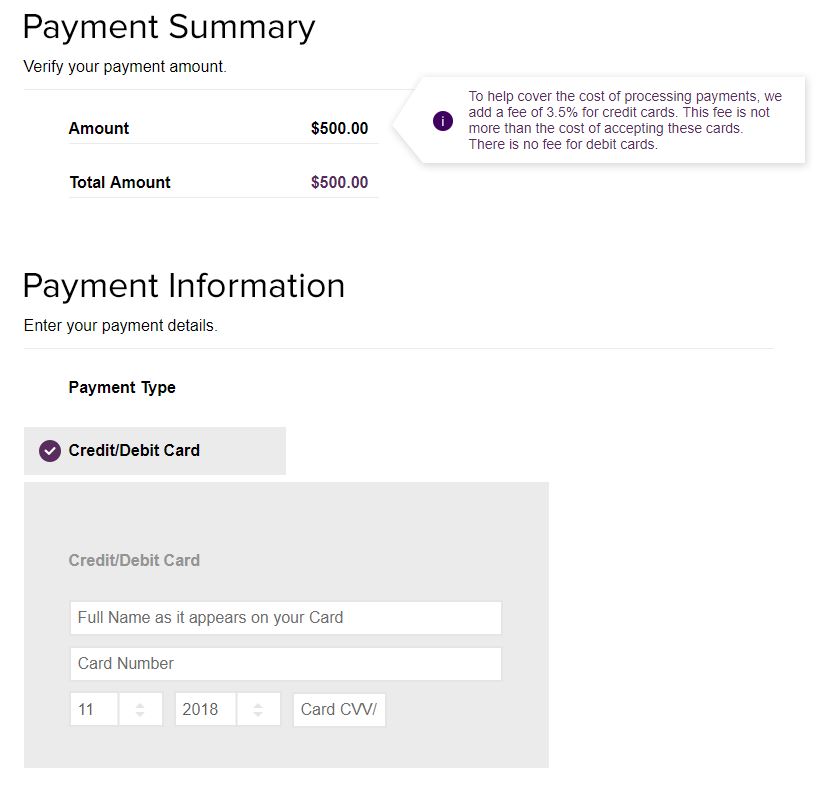Table of Contents
What are price comparison engines?
Price Comparison shopping engines are websites that collect pricing data from participating retailers. Then display the information of similar products on a single result page in response to the shopper search query. Price comparison engines allow shoppers to compare prices of the same product from multiple retailers on one page. It enables customers to search for the lowest cost of a product.
Price comparison sites can
- Improve Consumer Shopping Engine rank
- Increase eCommerce sales
Price Comparison Engine Example
For example, let's say I'm looking for a new washing machine and already know what make and model I want. I can go to Google Shopping(One of the top price comparison engines) and search for the make and model of the washing machine. It will give me a list of retailers selling that make and model. I can then see which retailer has the best price.
How price comparison websites increase Ecommerce sales
For e-commerce websites, price comparison engines allow them to put their products in front of a larger audience of potential buyers. The majority of shoppers using price comparison engines have already decided to purchase and are only finding the lowest price. Lowering your price is a great way Improve Consumer Shopping Engine rank and increase eCommerce sales
Price Comparison Engines increase Ecommerce SEO
E-commerce sites can list products on price comparison engines as a way to increase their search engine optimation. The lower the price of your product, the better search ranking you will have on the price comparison engine. How can you lower price to Improve Consumer Shopping Engine rank and increase eCommerce sales
How do Ecommerce retailers improve price comparison engine ranking?
As we stated above, the majority of shoppers using comparative shopping engines are ready to purchase. If they are searching for a specific make and model, the deciding factor of what retailer to choose is typically by price.
For eCommerce retailers, the lower their list price for a specific product, the higher it will rank. Most eCommerce retailers start at a disadvantage because they bundle all product-related expenses into the list price—for example, shipping, transaction fees, installation, and maintenance. Eliminating these fees from the list price is a great way to Improve Consumer Shopping Engine rank and increase eCommerce sales
The first step to ranking higher on a price comparison search engine is separating your product costs. These costs include
- Shipping
- Credit Card Processing
- installation
- maintenance/warranty
Reduce the listed product cost
For eCommerce retailers, the lower their list price for a specific product, the higher it will rank. Most eCommerce retailers start at a disadvantage because they bundle all product-related expenses into the list price—for example, shipping, transaction fees, installation, and maintenance.
The first step to ranking higher on a price comparison search engine is separating your product costs. These costs include shipping, credit card processing, installation, warranties, and other added costs. Separating these costs will Improve Consumer Shopping Engine rank and increase eCommerce sales
When it comes to shipping, generally speaking, the heavier the weight the product is, the more it is going to cost for shipping. The same goes for large dimension products as well as international shipping. Free shipping will typically hurt your ranking on price comparison websites. If shipping is expensive, you are going to rank much lower than someone who is listing the same product without free shipping.
How do eCommerce websites reduce listed product cost without hurting profit margins?
Credit Card Surcharing
Most e-commerce businesses include credit card processing fees with their product price. Many of the e-commerce platforms charge upwards of 3.5%. These processing fees add up significantly for higher ticket products. Taking this fee out of the list price allows you to Improve Consumer Shopping Engine rank and increase Ecommerce sales
Credit Card Surcharging Example
For example, let's say I'm selling washing machines and the average price is $500.
- Sale Price $500 (listed on price comparison engines)
- Processing Fees 3.5% of $500 = $17.50
- Amount I receive = $482.50
- Listed price without surcharging $500.00
- Listed price with surcharging $482.50
If I do not include the processing fees in the sale price, I would be able to list my product for $482.50 on the price comparison engine, as opposed to $500. Credit card surcharging increases price comparison engine ranking.
How to present credit card surcharge to customer
Make two considerations when presenting the surcharge to the customer.
- It is not compliant to add a fee for debit cards. This can be used as an advantage to the eCommerce retailer because it is much cheaper to process a debit transaction than it is to process a credit card transaction.
- When the fee is presented offer a no-fee option of debit. This way if the customer objects to the fee they can pay with debit. On personal debit, the eCommerce business pays much less in fees. This incentivizes customers to pay with a lower-cost form of payment while keeping your listed product price low.
Example of Surcharging Checkout Payment Summary
When customer checks out it notifies them the following "To help cover the cost of processing payments, we add a fee of 3.5% for credit cards. This fee is not more than the cost of accepting these cards. There is no fee for debit.
Surcharging vs Convenience fee
Some eCommerce retailers add a convenience fee. Convenience fees tend to work if you only have one transaction amount. This is because convenience fees are a fixed cost. The benefit of surcharging is it takes a percentage of the transaction. This way you cover all processing costs for all transaction sizes.
Importance of Maintaining compliance when surcharging fees
It is important to note that you cannot simply just add a fee for a credit card. There are rules set by the card brands that must be followed. If you are not compliant the card brands can terminate your ability to accept credit card and/or fine your business.
Frequently Asked Questions regarding surcharging
Q: Can I add a convenience fee?
A: Convenience fees are supposed to be a set amount. You cant charge a convenience fee as a percentage of the transaction. A convenience fee would not be effective unless you only sold one product, at one price without the option to buy multiple items at once.
Q: What if my customers do not want to pay a fee?
A: Under surcharging compliance, you cannot add a fee for debit; our solution offers customers a no-fee option of paying with debit cards. If the customer pays with a personal debit card, the business pays 1% + $0.25 per transaction. In the above transaction, the company would pay $5.25 on a $500 sale
Q: Can I use a cash discount program for e-commerce
A: Generally speaking, a cash discount program would not be compliant because e-commerce businesses don't accept cash. To learn more about cash discount programs check out our article " is a cash discount program a compliant alternative to surcharging"
Q: What Ecommerce platforms can you integrate with
A: We have the ability to integrate through woocommerce shopping cart as well as several other options.
If we cannot integrate with your platform we have easy to use migration tools to change platforms.
Ecommerce Surcharging Solution Demo
Ready to Improve your Consumer Shopping Engine Rank

